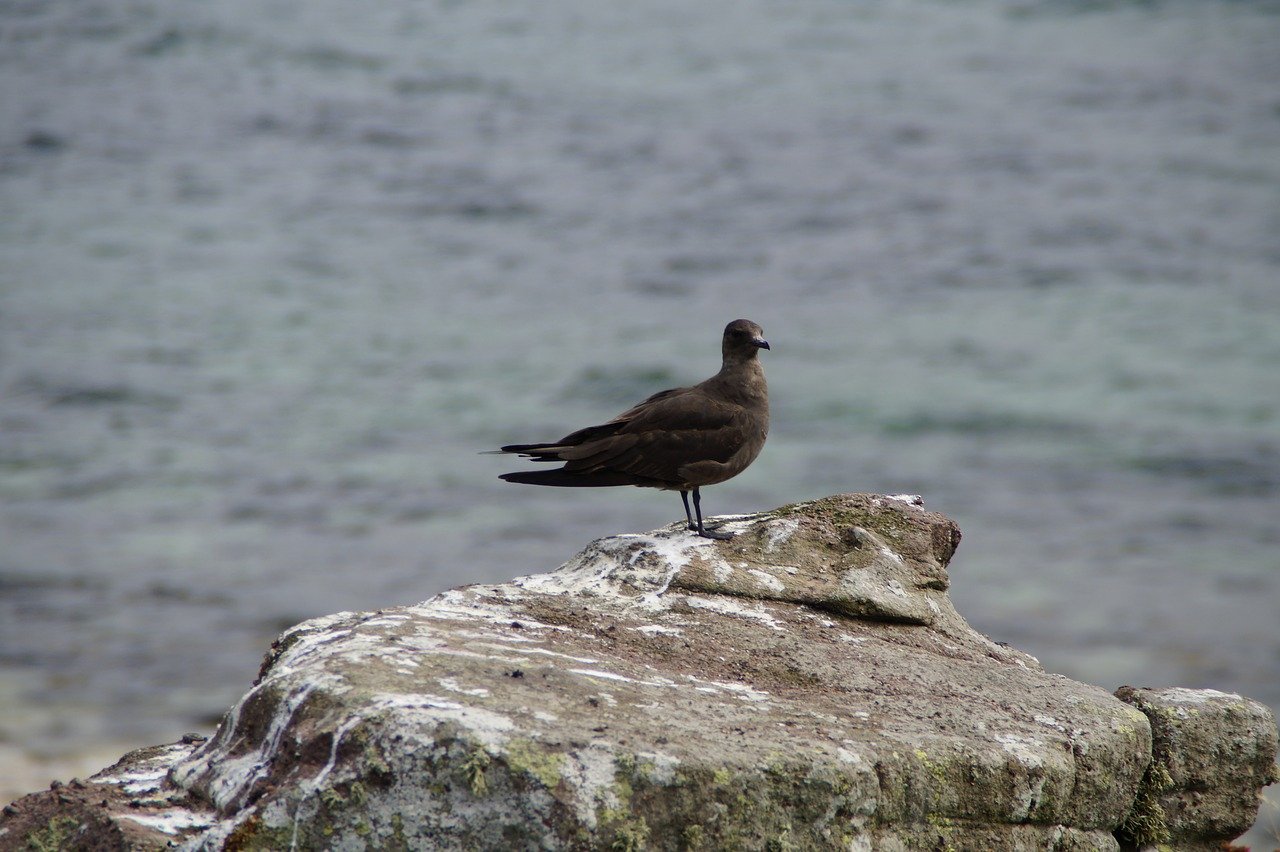Skuas on the Canadian tundra in 1999: relative occurrence of species, ages and colour phases
DOI:
https://doi.org/10.34080/os.v10.22878Keywords:
survey, monitoring, population studies, predator-prey interaction, population density, migration, age differencesAbstract
During the Swedish Tundra Ecology Expedition to northern Canada in 1999 the age and colour phase of Pomarine S. pomarinus, Arctic S. parasiticus and Long-tailed S. longicaudus Skuas were recorded along a transect across 72° longitude from Nuuk, Greenland in the east to Banks Island in the west. Pomarine Skua comprised 4% of the 302 recorded skuas, with 77% Long-tailed Skua and 19% Arctic Skua. Measured indices of lemming numbers were low in the whole visited region. A similar study in 1994 along the Russian tundra from the Kola Peninsula in the west to Wrangel Island in the east was made in a peak lemming year. This resulted in a total of 1,587 skuas, with 52% Pomarine, 10% Arctic and 38% Long-tailed. The Arctic Skua occurred in fairly low densities all along both transects, but was absent from the most northerly sites. The much lower proportion of Pomarine compared to Long-tailed Skua in Canada may be explained by a higher proportion of Pomarines leaving the breeding areas early, since this species obviously did not breed at all this year. It is however possible that lemming peaks on the Canadian Islands are generally less pronounced in the lack of Lemmus species. This would mean that breeding conditions for Pomarine Skuas, being totally dependent on lemmings, are generally less favourable. No skuas in second year plumage were observed and a few immatures of the two smaller species were all recorded in Davis Strait, between Greenland and Baffin Island. This indicates that only a smaller proportion of younger non-breeders reach the breeding grounds. Compared to 25% dark Arctic Skuas in Nuuk, Greenland only 3% of the birds observed on the Canadian Islands were dark. The same total dominance of light birds seem to prevail among all solitarily nesting Arctic Skuas in the arctic region.
Downloads

Downloads
Published
How to Cite
Issue
Section
License
The copyright of each contribution belongs to the author(s), but all contributions are published under a Creative Commons license, so that anyone is free to share and reuse the contribution as long as the copyright holder is attributed.







